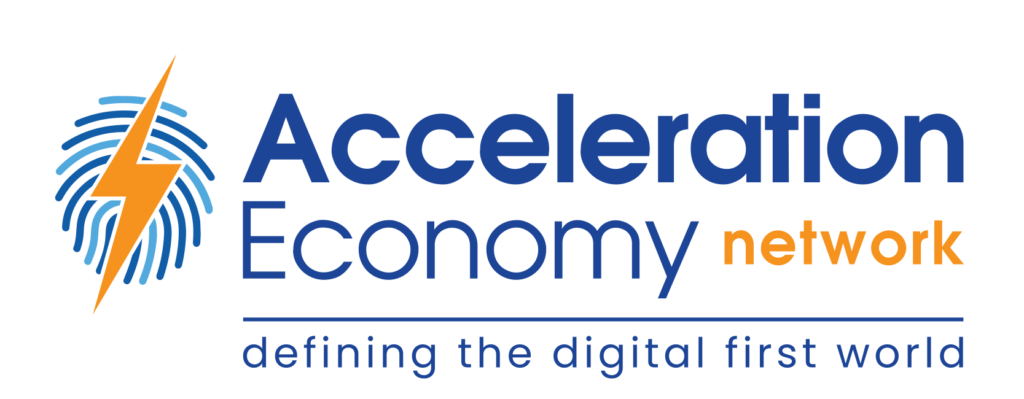
There’s more to moving to the cloud than just lifting and shifting legacy technology. To truly reap the benefits of cloud computing, organizations should consider using cloud-native software components. This class of software infrastructure was designed from the ground up to leverage the scalability, resiliency, elasticity, and distributed qualitied of the cloud.
The cloud-native stack is commonly used by cloud-bred technology companies but is slowly picking up momentum in other settings, including higher education. Many higher educational institutions are undergoing digital transformation initiatives and considering cloud-native capabilities in the process. Cloud-native architectures could bring countless benefits to college information technology (IT) systems, such as quickly responding to traffic fluctuations, streamlining software deployments, and enhancing resiliency and data recovery.
But although most in education IT agree the cloud is the future, many factors inhibit the move to the cloud and cloud-native technologies. Many colleges manage on-premise data centers, which are challenging and costly to migrate to cloud-native technology. Educational settings also typically work with a fixed budget, making it difficult to address temporary migration costs, let alone take on new operational maintenance.
With all this in mind, we’ll consider cloud-native technology’s role in higher education below. We’ll explore how higher education might leverage cloud-native components and examine why and when academic leaders should consider switching to cloud-native.
The State of Higher Education IT
The state of digital IT in higher education is quite varied. Some of these institutions have been around for hundreds of years and adopted digital technologies at various stages over the last few decades. In large organizations like major universities, this typically results in a varied digital landscape with different software styles in use throughout departments.
For example, many colleges have already adopted various software-as-a-service (SaaS) applications for areas such as admissions systems, enterprise resource planning (ERP) systems, student information systems or financial aid systems, and learning management systems. But some are still working with outdated machines with limited accessibility outside the school’s virtual private network (VPN).
In higher education, mainframe use is still quite common. As a result, most universities haven’t fully transitioned to the cloud and are still utilizing on-campus servers. But these older systems can pose bottlenecks, especially during peak traffic hours. For example, Gonzaga’s site crashed during March Madness in 2016, influencing the school to move their services to AWS the following year. This was pivotal in helping the university cater to 1.4 million page views during the 2017 tournament.
Sporting events may attract sudden global attention for a team depending upon how they fair that year. Other spikes in usage, however, are more seasonal. Colleges typically provide an online portal for registration, which experiences usage spikes during enrollment weeks. Both require intelligent capacity planning to avoid service disruptions.
Moreover, handling increasing amounts of data has become a crucial concern for institutions, and some are looking to jump to the cloud for benefits, even if they plan to retain their existing hardware. As with any organization, educational institutions must handle the need for administrative permissions and data control, which becomes a high-risk area when dealing with private student data like emails or financial information. In this sense, higher education institutions are not so different from typical enterprises.
How Cloud-Native Could Benefit Higher Education
IDC predicts that by 2025, over 90% of applications will be cloud native. Common cloud-native technologies include containers, which help package software into smaller, easily-deployable chunks. Kubernetes has risen as the defacto cloud-native container orchestration platform as well. Many cloud-native tools for areas like CI/CD, observability, and container runtime are available as stable open-source projects supported by the Cloud Native Computing Foundation (CNCF).
As you can see, going cloud-native involves more than simply moving workloads from on-premises to the cloud. It entails adopting new processes and systems designed to take full advantage of the cloud’s benefits. The CNCF defines this approach as using containers, service meshes, microservices, immutable infrastructure, and declarative APIs. But what advantages can cloud-native technologies bring to higher education?
- Reduce cost: One significant benefit is the ability to streamline IT and reduce costs, as institutions are only charged for the cloud resources they actually use.
- Elasticity: Additionally, cloud-native technologies can scale architecture based on fluctuating demand, such as enrollment or summer holidays, and improve the speed of existing legacy systems.
- Higher resiliency: Cloud-native technology also provides better resiliency, including data backup and recovery, and enables automatic provisioning and easier infrastructure management.
- More rapid development: Furthermore, cloud-native technologies facilitate continuous delivery, allowing for faster and more cost-effective updates.
- Improved e-Learning: Increased cloud adoption can help democratize e-learning by providing uniform capabilities and pushing processing to the cloud.
Several examples demonstrate how cloud-native technologies are already benefiting higher education. For instance, Education Horizon’s student information platform, Zunia, is built to be fully cloud-native, and Ellington Public Schools uses Druva for easier data protection for virtual machines migrated to the cloud. Overall, cloud-native technologies offer numerous benefits to higher education, from cost savings to improved IT capabilities, making them worthy of consideration for modernizing educational institutions.
Is Cloud-Native Worth It For Higher Ed?
In conclusion, cloud-native technology adoption in higher education is a mixed bag. While many institutions are exploring digital transformation (EDUCAUSE research found that 83% of colleges and universities are actively investing in or exploring digital transformation), the costs associated with migration and cloud maintenance, data security concerns, and a lack of skills to support new cloud-native technologies are keeping many institutions from fully embracing the cloud. It can take time to realize an ROI from cloud-native investments, stalling higher education’s journey to the cloud.
Furthermore, some institutions still rely heavily on legacy systems, making the transition to cloud-native even more challenging. Interestingly, some organizations may discover benefits from deploying cloud-native technology on-premise or on the edge. This may be done for data compliance reasons, to meet internal policies, or to avoid high cloud ingress and egress fees for data-heavy applications.
Ultimately, while the move to cloud-native technologies may present some challenges, the long-term benefits are worth the cost. When carefully implemented, cloud-native technologies can help higher education institutions streamline their IT processes, reduce costs, and enable continuous delivery. In addition, cloud-native technologies can help democratize access to educational tools and resources, making it easier for all students to access the same quality of education, regardless of their geographic location or economic status.








